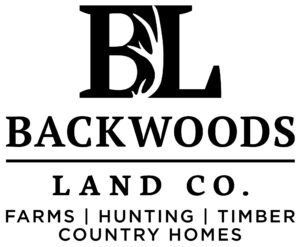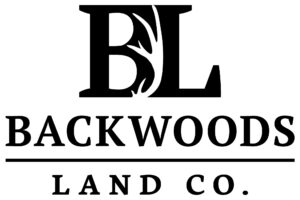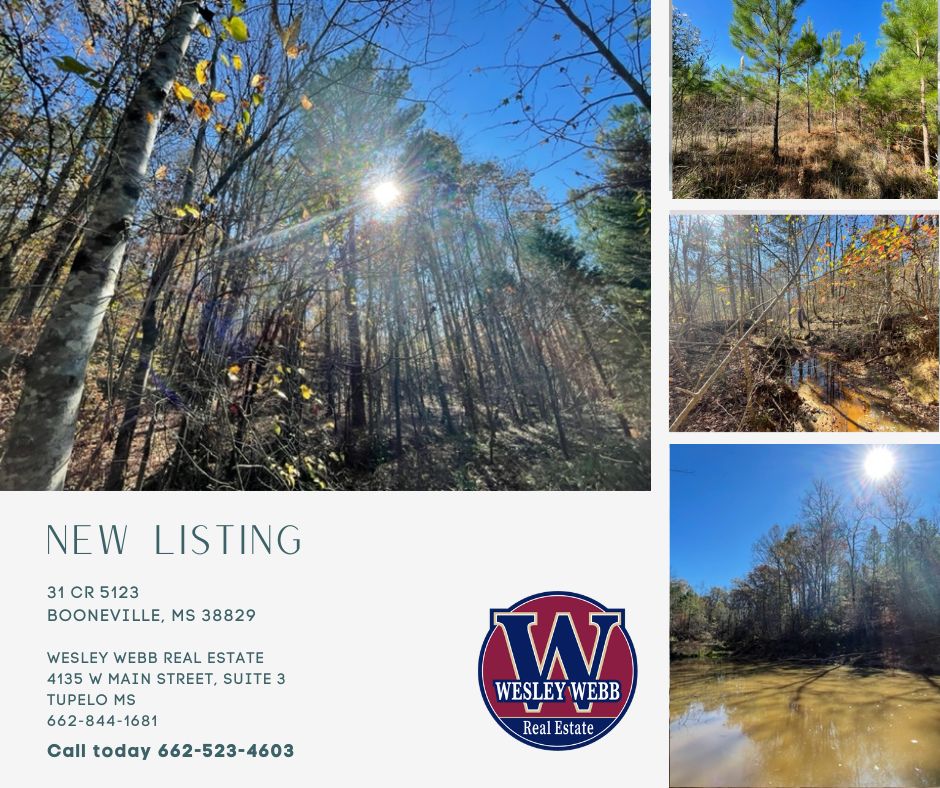Timber
From Clearcutting to Thinning: How to Preserve Your Forest and Make a Profit
 So, there was a man named Sue (formerly a boy) who had been dreaming of owning his own land for many years. One day, he found the perfect piece of land for sale at a price of $220,000. He put in an offer of $200,000 and it was accepted. This land tract was 80 acres and had 50 tons of mixed hardwood sawtimber per acre.
So, there was a man named Sue (formerly a boy) who had been dreaming of owning his own land for many years. One day, he found the perfect piece of land for sale at a price of $220,000. He put in an offer of $200,000 and it was accepted. This land tract was 80 acres and had 50 tons of mixed hardwood sawtimber per acre.
After much consideration, Sue decided to take out a 10-year mortgage for the land with an interest rate of 8%. The total interest paid over the 10-year period would be calculated as follows:
The revenue generated from the clearcutting of the land and harvesting the sawtimber was calculated as follows:
$32 per ton x 50 tons per acre x 80 acres = $1600 x 80 = $128,000
With the interest and revenue calculated, Jack could now determine his total loan payoff, which would be calculated as follows:
Loan Payoff = Loan Amount + Interest – Revenue from Sawtimber
Loan Payoff = $200,000 + $70,963.92 – $128,000 = $43,963.92
Sue soon discovered at the advice of a local appraiser that clearcutting the land would not only strip the area of its beautiful hardwoods, destroying the forested landscape, but it would also decrease the land’s value by at least 50% due to the harm to its appearance and loss of forestry. To balance his financial needs and protect the forest, Sue considered thinning. Thinning involves carefully removing some trees to boost the growth of the remaining ones and enhance the forest’s overall health. By thinning, Sue could still harvest valuable sawtimber while preserving the forest and possibly increasing its value. Sue also learned that hardwoods take around 100 years to regrow after clearcutting, whereas say, loblolly pine regrows in just 25 years. Choosing to thin the forest rather than clearcutting would preserve it for future generations and generate income to help pay off the loan faster. This was more appealing Sue concluded that clearcutting would bring a short-term financial gain but cause long-term harm and decreased value.
Had he clear cut the land instead of thinning, a prescribed burn could be an effective way to promote forest health and regenerate the hardwoods. A prescribed burn is a controlled fire set by trained professionals such as foresters to reduce the risk of wildfire, improve wildlife habitat, and enhance tree growth. This method has many benefits, including reducing competition for resources, improving soil fertility to name a few.
A forester can also help ensure that the necessary permits and regulations are obtained before conducting any forest management activities. They can advise on the proper techniques for conducting a prescribed burn, ensuring that the fire is set under controlled conditions and that the health and safety of people and wildlife are protected. In addition, a forester can help assess the economic and ecological impacts of a timber cruise or prescribed burn or other forest related activities. They can provide insight into the potential returns on investment and the long-term effects of the activity on the forest and its resources. Overall, it is crucial to consult a professional forester when planning and conducting forest management activities.
Working in collaboration with a professional appraiser experienced in land appraisal can provide a comprehensive understanding of the land and timber value. The appraiser can evaluate the current market conditions, comparable sales, and the timber resources on the property to determine the value of the land and its assets.
Together, the forester and appraiser can provide a comprehensive analysis of the economic viability of the property and the potential returns on investment. They can help landowners make informed decisions about the best use of their land and its resources.
For example, if the landowner is considering a prescribed burn, the appraiser can assess the potential impact of the activity on the land’s value, considering factors such as the potential for increased productivity and improved aesthetics. The forester and appraiser can work together to determine the best management strategy to maximize the value of the property and achieve the landowner’s goals.
Note that this is just an generalized overview of how two methods can be used on this particular hypothetical 80 acres. One of the many interesting things about real estate is that there is never a right way, but there is always a wrong one. That’s why is so important to consult with experts to maximize your investment and enjoyment of your property.
From Clearcutting to Thinning: How to Preserve Your Forest and Make a Profit Read More »



